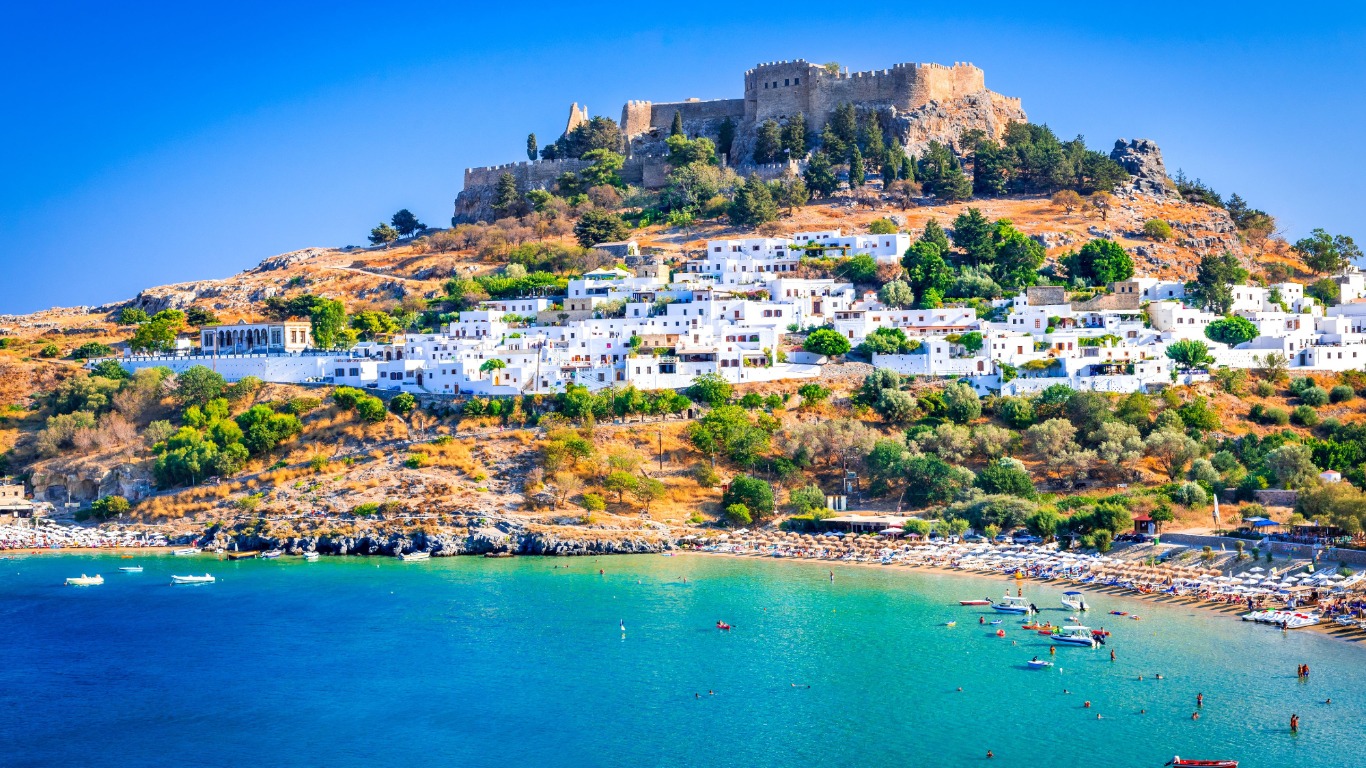Explore Rhodes: top things to do, what to see and where to eat
Brandishing the best-preserved medieval town in Greece, as well as picturesque villages, lush mountain interiors and inviting sandy beaches, Greece’s fourth-largest island demands several visits to explore it fully.
Why go to Rhodes?
As Insta-friendly islands such as Mykonos and Santorini grow into the top draws in Greece, it’s easy to forget that it was Rhodes, the pearl of the Dodecanese, which kickstarted Greece’s global tourism ascendancy in the mid-20th century. The ultimate sun-drenched island, it claims 300 sunny days per year, as befits an island named after the wife of the Greek sun god Helios. Combining glorious medieval architecture with the charms of the ancients – plus enough delicious mezze dishes to fill days' worth of varied eating – Rhodes is the island retreat for travellers that want it all (and then some).
READ MORE: Discover myths of the Greek islands
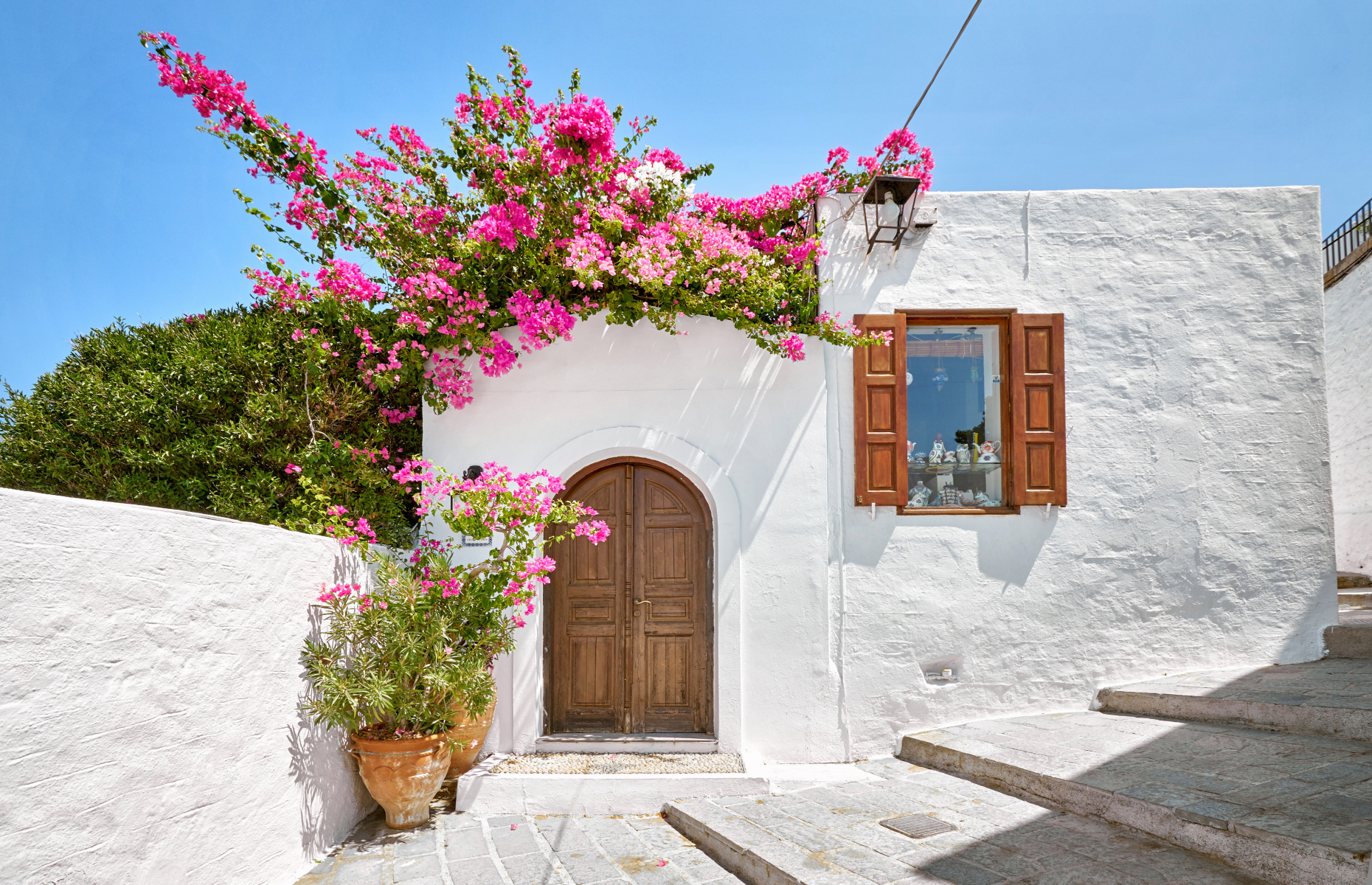 Vladimir Zhoga/Shutterstock
Vladimir Zhoga/Shutterstock
Where to go in Rhodes
Rhodes Town
The capital occupies the northernmost tip of the island and is divided into the walled Old Town (the 200-year abode of the Knights of St John and a UNESCO World Heritage Site), plus the New Town (called Niohori in Greek). A monument guards the harbour entrance and marks where the Colossus of Rhodes, an ancient wonder of the world, once stood.
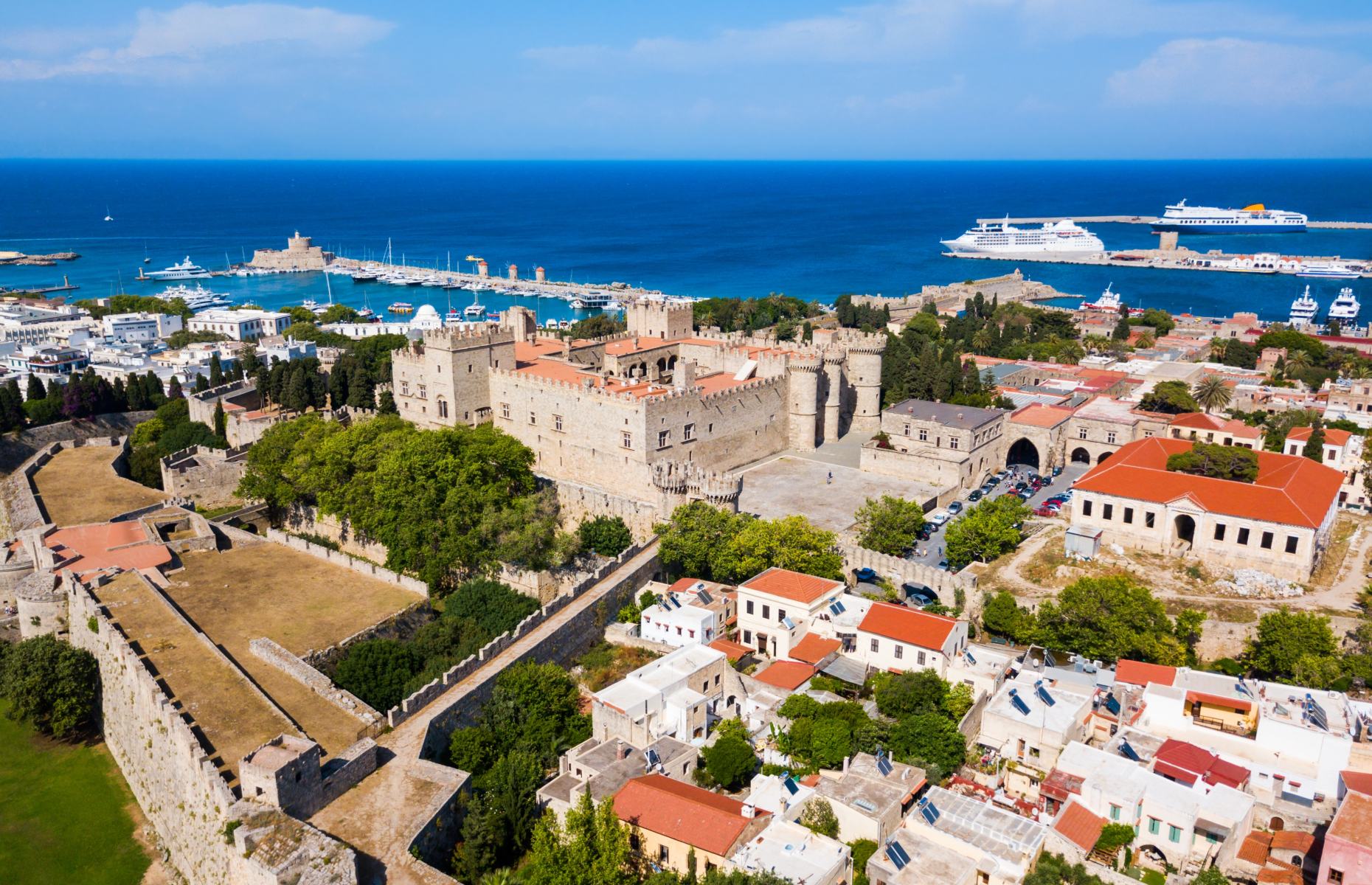 saiko3p/Shutterstock
saiko3p/Shutterstock
Faliraki
A 30-minute drive from Rhodes Town, in (in)famous Faliraki you’ll find an umbrella-strewn shoreline, nudist beaches and raucous nightlife aiming at the 18-35 demographic. Yet seek out its natural, unsullied beauty in the shoulder season, and you’ll be amply rewarded.
 Ian Woolcock/Shutterstock
Ian Woolcock/Shutterstock
Lindos
Around an hour’s drive southeast of Rhodes Town and crowned by an ancient Acropolis, Lindos is the quintessential Greek island village with narrow winding lanes, whitewashed houses, Byzantine churches and donkey rides, which you'll find are unescapable on this hilly, old-fashioned island. Life continues after dark, with restaurants and bars spilling out onto the street.
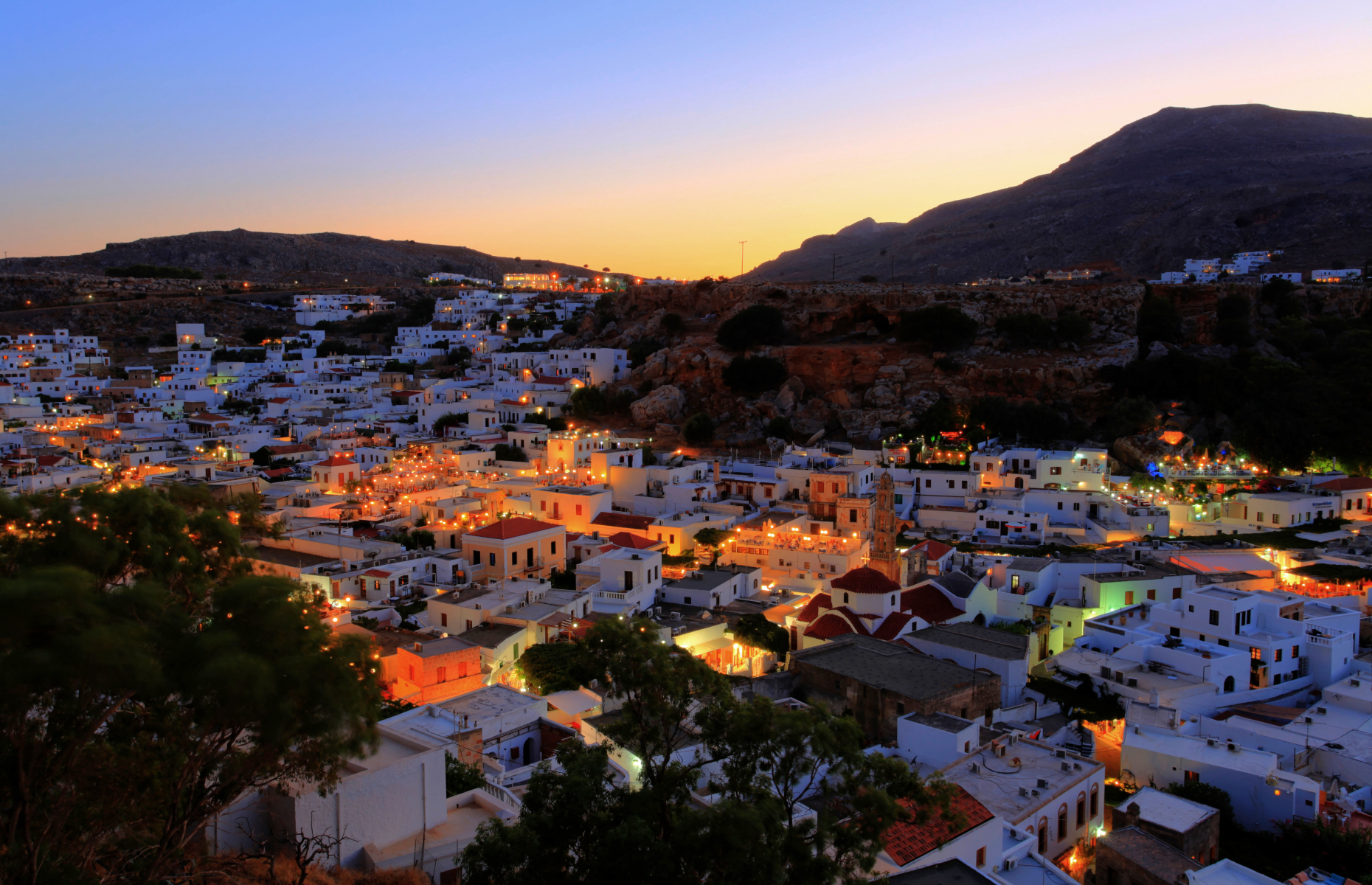 Ollie Taylor/Shutterstock
Ollie Taylor/Shutterstock
The northwest
A profusion of holiday resorts stretches snugly on a seemingly interminable sandy coast west of Rhodes Town. They include the most upmarket choices on the island, as well as interesting archaeological sites. Despite the abundance and variety of accommodation options, this is the most wind-exposed part of the island.
The south
The further you drive south, the fewer the crowds and the wilder and more untamed the landscape. There’s beautifully wooded paths adorned with wild peonies and orchids around Profitis Ilias, the most accessible peak of the mountainous interior, loggerhead turtles on the grey sand beach of Plimmiri, while pebbly Haraki and the sandy stretches of Tsambika and Agia Agathi will melt the heart of any beach addict.
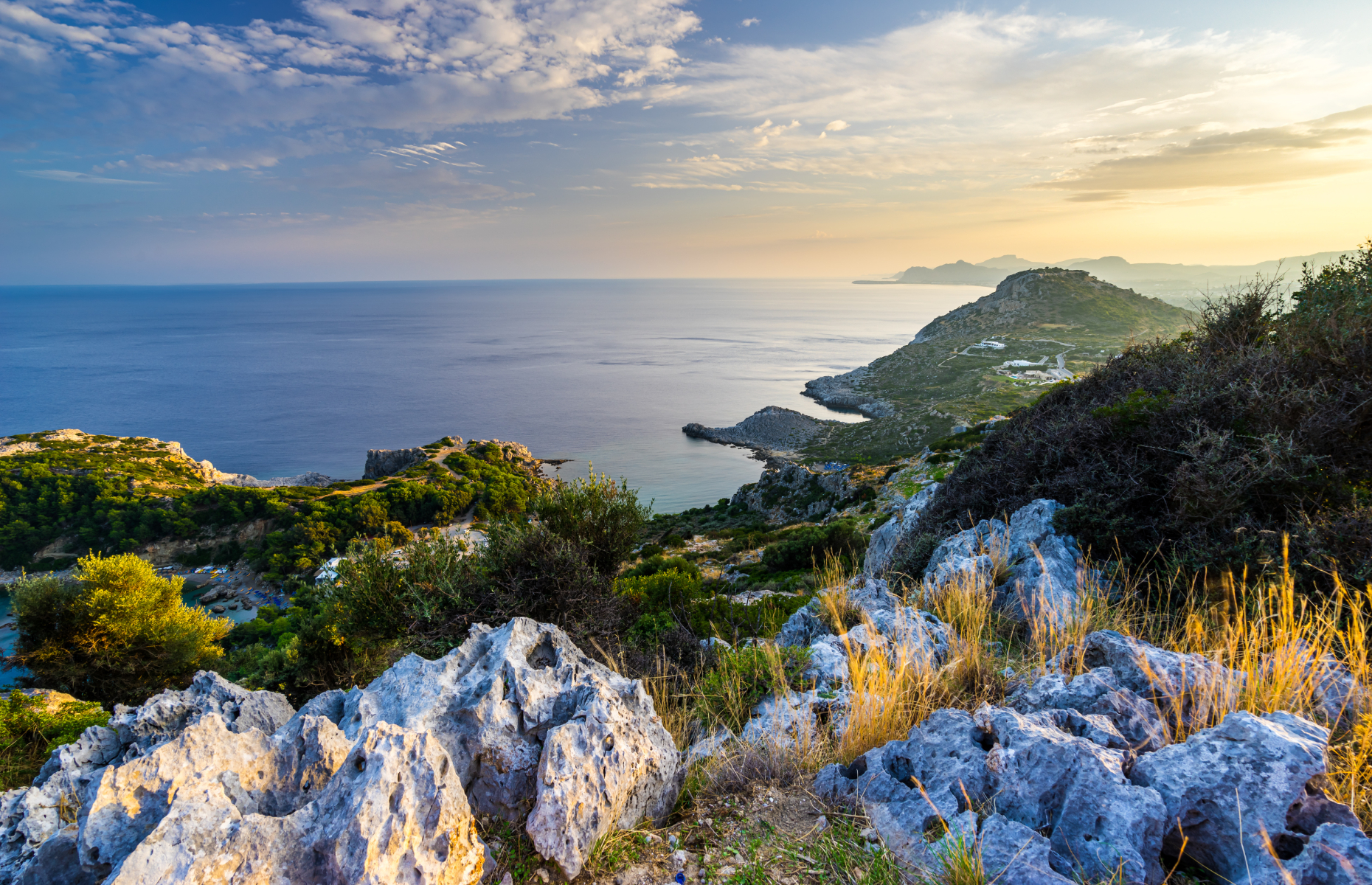 Ian Woolcock/Shutterstock
Ian Woolcock/Shutterstock
READ MORE: Lesser-known Greek islands to visit before the crowds catch on
The best hotels in Rhodes
In the Old Town, book yourself at the boutique In Camera hotel, a labour-of-love renovation of an Ottoman mansion by a Greek award-winning photographer with vintage camera equipment exhibited in every suite. A similar address in the New Town is Niohori Luxury Suites, a 19th-century mansion that’s been converted to three luxury suites around a courtyard, all with their own private terrace.
If you want an classic beach resort in the northwest, then the 5-star Electra Palace Resort succeeds in combining the feel of an affable Mediterranean village with an all-inclusive service, imaginative spa experiences and no fewer than 10 restaurants and bars.
What to eat and drink in Rhodes
Rhodes is far enough from mainland Greece to have a cuisine of its own characterised by the frequent use – or, for some, overuse – of cumin. Try lakani (goat or lamb stew with yellow split peas), karavoli (snails in bay leaf-infused tomato sauce), pitaroudia (fried chickpea patties), kolokythoanthoi (stuffed courgette flowers) and yiaprakia, a special, tender kind of stuffed vineleaves; Rhodes’ answer to dolmades. You’ll find these in the small unassuming tavernas of the inland villages, but for a more gourmet experience, book a table in one of these stellar restaurants.
Make your way to modest Niohori in the New Town that attracts carnivores for a simple reason: the butcher’s across the road belongs to the same family who run the taverna. You can even buy your cut and bring it from the counter to the grill, or just enjoy the signature stifado, a veal, red wine and onion casserole. For a nightcap pop by the Last Butler, a sophisticated speakeasy that woos its clients not only for the breadth and imagination of its cocktails, but also for the dedication and knowledge of its staff.
Even if you don’t stay at whitewashed Melenos Lindos Hotel, do visit its Rooftop Restaurant, sheltered by canvas from the sun, to experience nouvelle cuisine dining à la Greque that draws connoisseurs from all over the island. For a sense of history combined with an unforgettable meal, go to award-winning family restaurant Mavrikos on the Lindos village square that’s been feeding the masses in the same spot since 1933.
For fresh fish and shellfish, as well as melt-in-the-mouth calamari and grilled octopus, you can do no better than dine at the uncomplicated and reasonably priced Prasonisi Lighthouse. Gyros, anyone?
READ MORE: Discover the world’s most beautiful lighthouses
The top things to do in Rhodes
The Old Town
The best-preserved medieval town in Greece is dominated by the memory of the Crusader Knights of St John. The Knights were based here for over 200 years, until the Ottomans forced them out in 1522. Walk through the moated gates of the walled town and stroll down the cobbled Knights’ Avenue, passing by the various Crusader 'language houses' (where different nationalities of the Order would meet), and be transported to another era.
Palace of the Grand Masters
Once the headquarters of the Knights, this Gothic castle was restored by the occupying Italians in the 1930s. However, its interiors were redecorated in a more modern style. Historians were aghast, but this singular fusion of modern and medieval has won over many critics. Visit and judge for yourself...
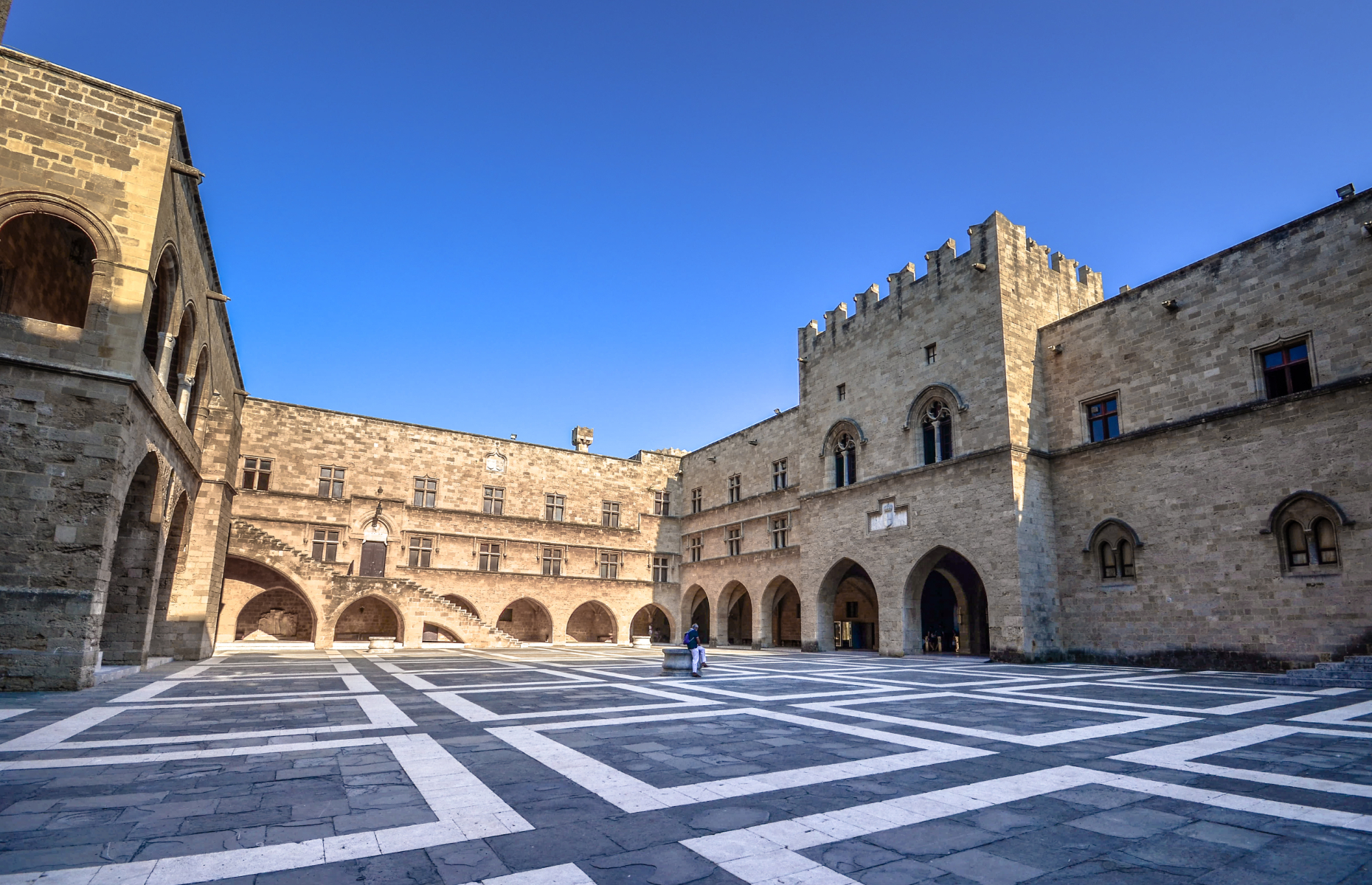 Georgios Tsichlis/Shutterstock
Georgios Tsichlis/Shutterstock
Archaeological Museum of Rhodes
Housed in a 15th-century Knights' Hospital, the museum is worth visiting simply as a building, as well as for its quirky collection. Don’t miss the elegant Hellenistic sculpture of a bathing Aphrodite that could easily be mistaken as a Rococo-period statue. Pro tip: the €10 combined ticket for the Palace of the Grand Masters, the Church of the Castle plus the two Decorative Arts and Archaeological Museums is excellent value.
Niohori
After the First World War, a resurgent Italy carved out the Dodecanese from the defeated Ottoman Empire. Under Mussolini, Rhodes Town was pictured to be the capital of his Fascist Imperium. The subsequent building orgy is both unique and fascinating: the Casino, the Lido, The Aquarium, the Cathedral, the Puccini Theatre, the Town Hall, the Post Office and the Covered Market are all examples of this inimitable architectural burst that blends Art Deco and perceived ‘Orientalism’.
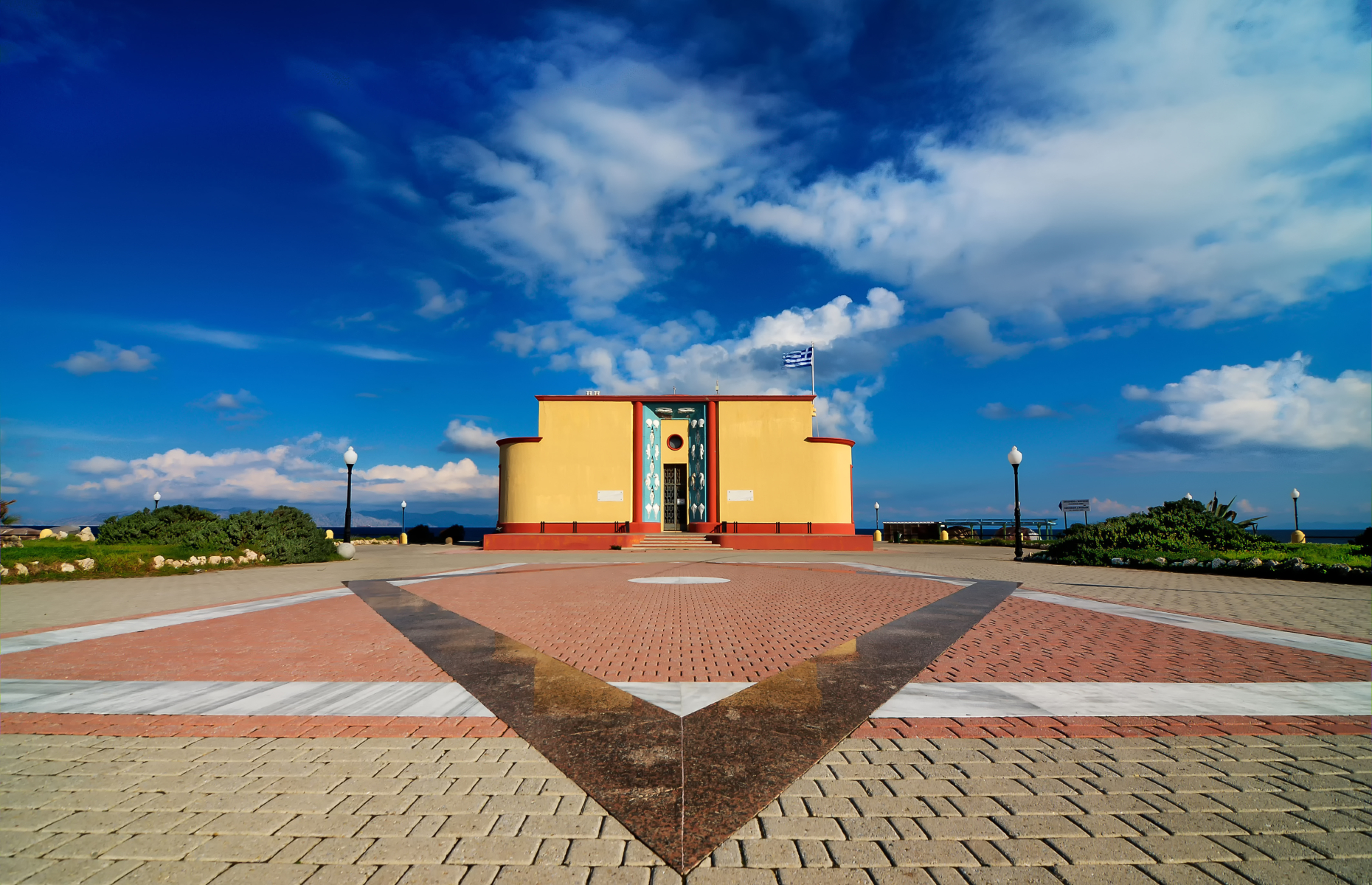 Philippos Philippou/Shutterstock
Philippos Philippou/Shutterstock
Acropolis of Lindos
Ancient Greeks had an eye for where to build their temples, so the views from the well-preserved Acropolis of Lindos, on a promontory squeezed between two sandy bays, are exceptional. The northern bay is popular and busy, while the quieter southern bay is where, according to tradition, St Paul was shipwrecked in one of his proselytising journeys. The Acropolis itself provides fascinating details about the life of the ancients: check out the stone collection boxes for pilgrim donations that are still in place after 23 centuries.
 Philippos Philippou/Shutterstock
Philippos Philippou/Shutterstock
Petaloudes
Thousands of tiger moths come to mate in this 600-acre nature reserve which, apart from the overall dramatic butterfly spectacle, sports the only forest in Europe formed by the endemic Oriental Sweet Gum Tree, whose aromatic resin acts as an aphrodisiac to the pretty insects.
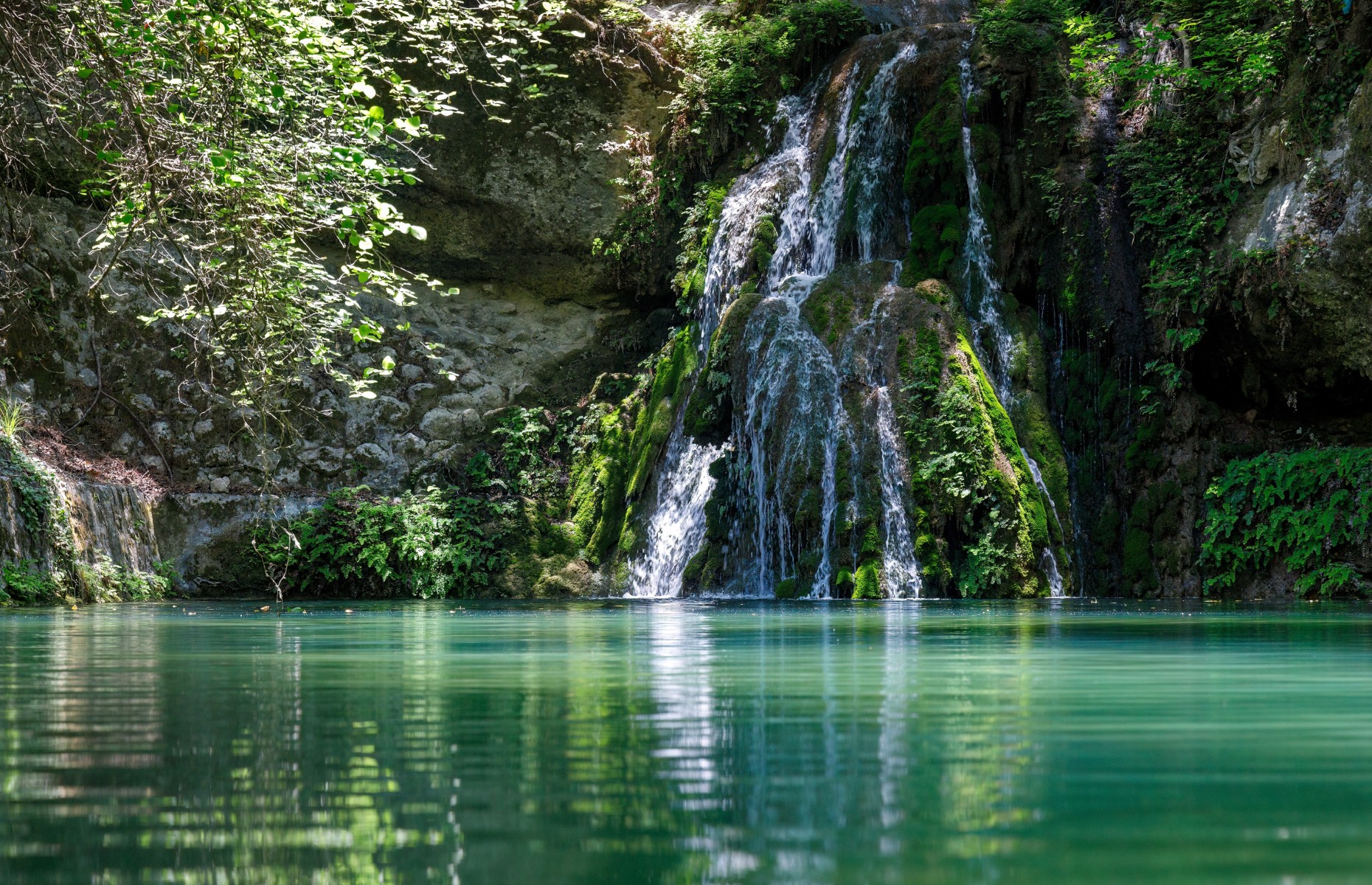 Viliam.M/Shutterstock
Viliam.M/Shutterstock
Kameiros
If you fancy yourself the next Indiana Jones or Lara Croft, here’s a beautiful, serene archaeological site whose ruins manage to convey the feel and layout of an ancient Greek city: there are squares, shrines, water pipes, cisterns and an extensive, well-demarcated residential area.
READ MORE: Here's how to plan your Greek island-hopping holiday
Comments
Be the first to comment
Do you want to comment on this article? You need to be signed in for this feature
